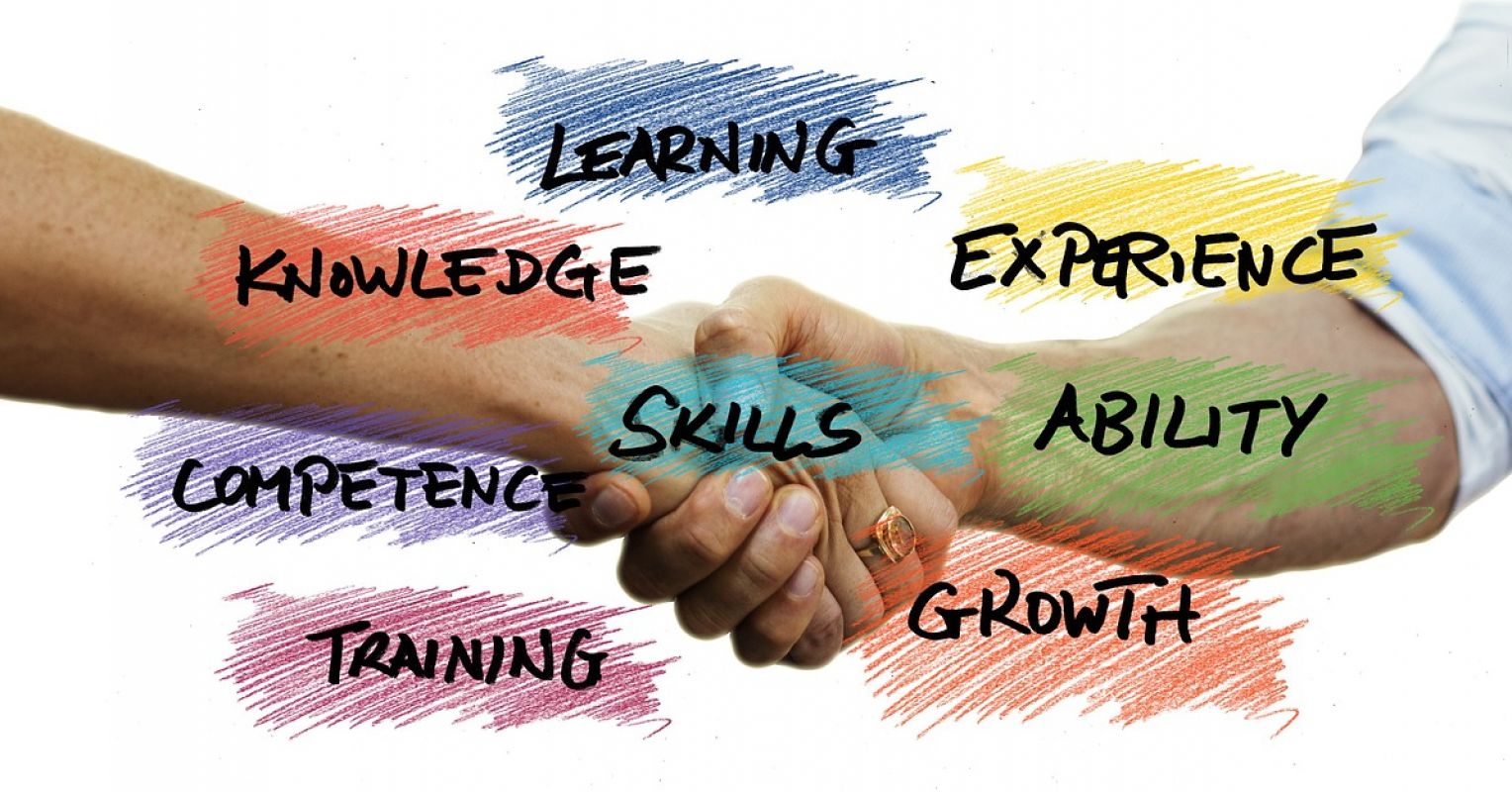
"Psychologists and safety scientists have long recognized that mistakes are rarely isolated accidents. They emerge from a chain of subtle, often invisible precursors that line up just right (or wrong) to cause a failure. British psychologist James Reason famously referred to this as the "Swiss-cheese model": each layer of defense-training, supervision, and technology-has holes, but an accident occurs only when those holes disastrously align (Reason, 1990)."
"Errors arise at three key cognitive levels. Slips occur when the plan is sound but the execution falters-like pressing "reply all" instead of "reply." Lapses happen when we forget a step or lose track of our goal, such as leaving the stove on. Mistakes occur when the plan itself is flawed, rooted in misunderstanding or misdiagnosis-choosing the wrong solution to the wrong problem."
Human error is inevitable but preventable. Mistakes emerge from chains of latent conditions aligning, described by the Swiss-cheese model. Errors occur as slips, lapses, and mistakes. Slips are execution failures; lapses are failures of memory or goal tracking; mistakes are errors in planning. Latent conditions include design flaws, cultural habits, and assumptions that are activated by stress, fatigue, or distraction. High-reliability persons anticipate failures, cultivate ownership, set clear goals, seek feedback, interrupt autopilot with deliberate checks, monitor weaknesses vigilantly, and convert errors into learning and system improvement.
Read at Psychology Today
Unable to calculate read time
Collection
[
|
...
]